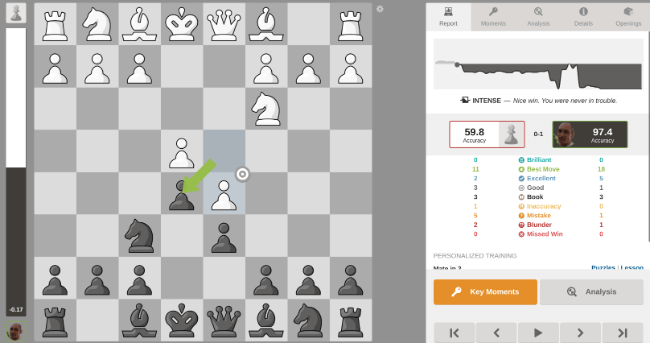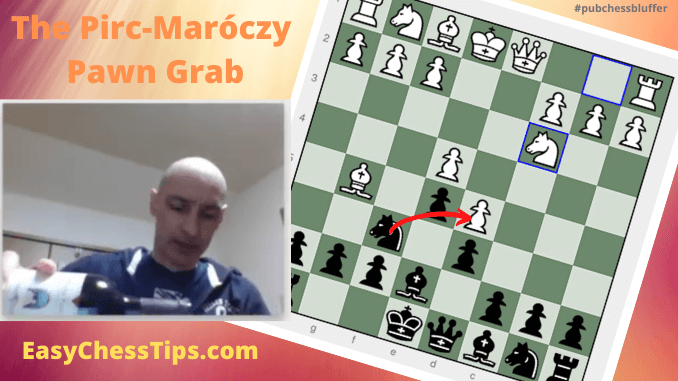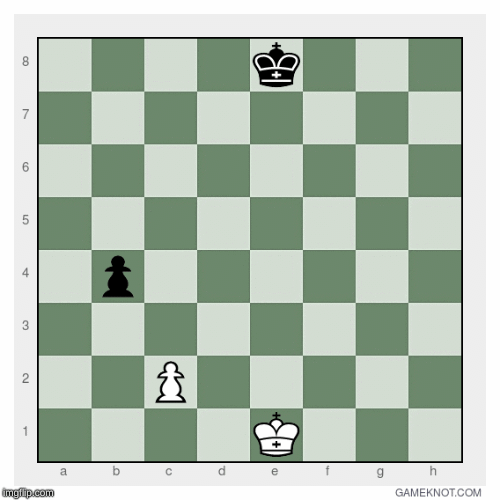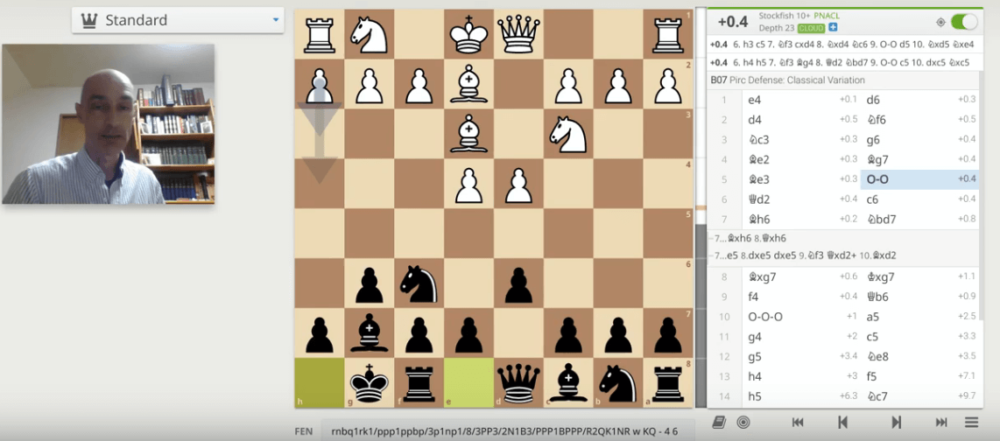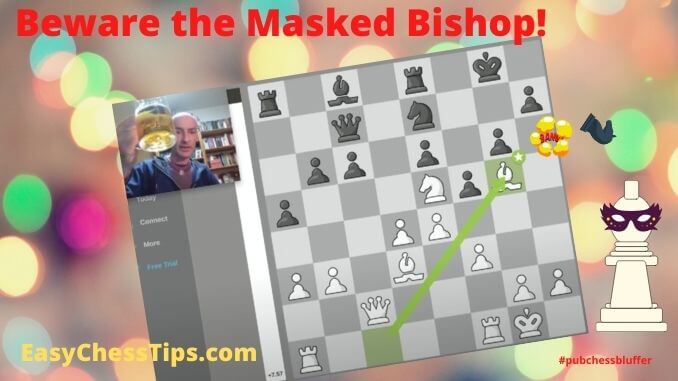
In chess, a discovered attack happens when you make a move that opens a path for another of your pieces to take an opponent’s piece. It works best when the piece you moved also attacks another of the opponent’s pieces or checks the King.
In a recent game, I was rather fortunate in being able to turn a less-than-ideal Bishop move into a discovered attack on my opponent’s Knight. My opponent did not notice the threat the lurking Bishop posed until it captured his hanging Knight. 🙂 This is a useful tactic to know and it can be especially effective in casual games, pub chess, or games played in a casual environment. It is not uncommon for casual players to miss unmasked threats on the diagonals!
Continue Reading